The year 2045 looms large in the imagination of futurists, technologists, and philosophers alike. This is the date when many experts predict we will reach the so-called "Singularity" - that elusive moment when artificial intelligence surpasses human intelligence, and biological evolution gives way to technological evolution. But what does this actually mean for humanity? The answer may lie in the emerging field of human-machine integration.
The concept of the Singularity was popularized by mathematician Vernor Vinge and futurist Ray Kurzweil, who posited that technological progress follows an exponential rather than linear trajectory. According to this view, the 21st century will witness the equivalent of 20,000 years of progress at today's rate. By 2045, they argue, this acceleration will lead to a point where machine intelligence improves itself recursively, creating an intelligence explosion that fundamentally changes civilization.
What makes the 2045 projection particularly compelling is the convergence of multiple technological trends. Artificial intelligence, nanotechnology, biotechnology, and neuroscience are all advancing at breakneck speeds, each feeding into and amplifying the others. The human brain, once considered too complex to decode, is gradually revealing its secrets through projects like the BRAIN Initiative and various neural mapping efforts.
The path to human-machine integration is already being paved today. Brain-computer interfaces (BCIs) have progressed from laboratory curiosities to commercial products in just two decades. Companies like Neuralink are developing ultra-high bandwidth brain-machine interfaces, while others focus on non-invasive techniques that can read neural activity through the skull. These technologies promise to revolutionize how we interact with computers - and eventually, how we enhance our own cognition.
Medical applications are driving much of the current development. BCIs have restored movement to paralyzed patients, enabled the blind to see rudimentary shapes, and allowed the deaf to hear basic sounds. As these technologies improve, the line between therapy and enhancement begins to blur. What starts as a treatment for Parkinson's tremors could evolve into memory augmentation for healthy individuals. The ethical implications are profound and require careful consideration.
Beyond medical uses, the military has been a significant driver of human-machine integration research. DARPA's various neurotechnology programs aim to create soldiers with enhanced cognitive abilities, faster reaction times, and seamless communication with machines. While these applications raise important ethical questions, they also push the boundaries of what's technologically possible, often leading to civilian spin-offs.
The economic implications of human-machine integration could be transformative. As AI and automation displace traditional jobs, enhanced humans might maintain an economic advantage. The ability to process information faster, learn new skills instantly, or communicate telepathically with colleagues could create new categories of employment while making others obsolete. This could exacerbate existing inequalities or potentially create entirely new ones between enhanced and unenhanced populations.
Social structures would inevitably change in a world where some can augment their intelligence and abilities while others cannot. Would enhanced individuals form a new social class? How would education systems adapt when some students can download knowledge directly to their brains? These questions go beyond technology into the realm of sociology, ethics, and law.
Perhaps the most radical vision comes from proponents of "mind uploading" - the idea that human consciousness could be transferred to a non-biological substrate. While this remains speculative, some researchers believe that by 2045, we may have the capability to scan and simulate a human brain in sufficient detail to preserve personal identity. This raises philosophical questions about the nature of consciousness and what it means to be human.
The technological hurdles remaining are significant. The human brain contains about 86 billion neurons with trillions of connections. Mapping and simulating this complexity requires breakthroughs in imaging technology, computational power, and our fundamental understanding of how consciousness emerges from neural activity. However, if Moore's Law (or its successors) continues to hold, the necessary computational power should be available by the 2040s.
Energy requirements present another challenge. The human brain operates on about 20 watts of power - remarkably efficient compared to current supercomputers. Creating artificial systems that can match this efficiency while providing similar or greater capability will require new paradigms in computing, possibly involving quantum systems or neuromorphic architectures that more closely mimic biological neurons.
Ethical considerations may prove just as challenging as technological ones. How do we ensure that enhanced cognition doesn't lead to new forms of manipulation or control? What rights would artificial intelligences or uploaded minds possess? These questions are already being debated in academic circles and policy forums, but the pace of technological change may outstrip our ability to develop appropriate frameworks.
The potential benefits of successfully navigating the Singularity are enormous. Human-machine integration could extend healthy lifespans dramatically, possibly indefinitely. It could solve currently intractable problems in science, medicine, and engineering by combining human creativity with machine precision and speed. It might even allow us to preserve individual consciousness beyond the limits of biological bodies.
At the same time, the risks are equally profound. Uncontrolled superintelligence could pose an existential threat if its goals don't align with human values. Unequal access to enhancement technologies could fracture society. Rapid technological change could outpace our psychological and social ability to adapt, leading to widespread dislocation and unrest.
The period leading up to 2045 will likely see increasing debate about how to steer these technologies toward beneficial outcomes. Some advocate for careful regulation and oversight, while others worry that excessive restrictions could stifle innovation or push development into less accountable domains. International cooperation will be essential, as these technologies don't respect national borders.
Preparing for the Singularity requires action on multiple fronts. Education systems need to emphasize adaptability and lifelong learning. Legal systems must develop frameworks for dealing with enhanced humans and potential artificial persons. Economic systems should anticipate disruptions and plan for transitions. Perhaps most importantly, we need inclusive, global conversations about what kind of future we want to create.
As we approach 2045, the nature of humanity itself may be up for redefinition. The choices we make in the coming years will determine whether the Singularity represents a transcendence to new heights of existence or a perilous precipice. What remains certain is that the threshold of human-machine integration will mark one of the most significant turning points in our species' history - an event that will make the agricultural and industrial revolutions pale in comparison.
The countdown to 2045 has begun. Whether we reach the Singularity on schedule or not, the trajectory is clear: humanity stands on the brink of becoming something new, something beyond what we've been for millennia. How we navigate this transition may be the ultimate test of our wisdom as a species.
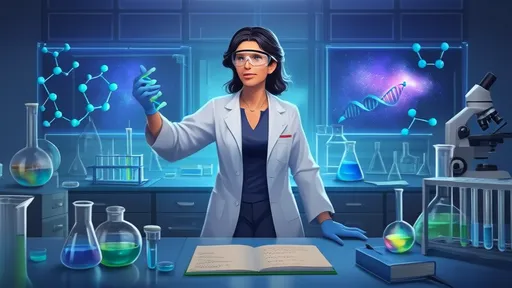
By /Aug 14, 2025
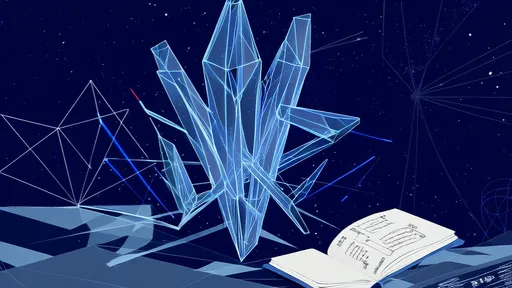
By /Aug 14, 2025
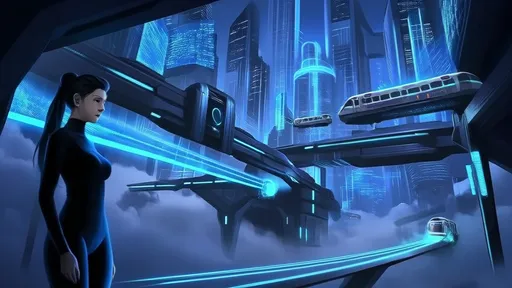
By /Aug 14, 2025
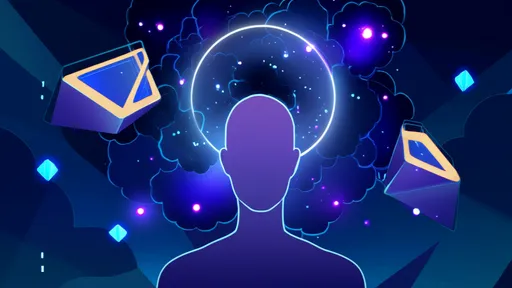
By /Aug 14, 2025
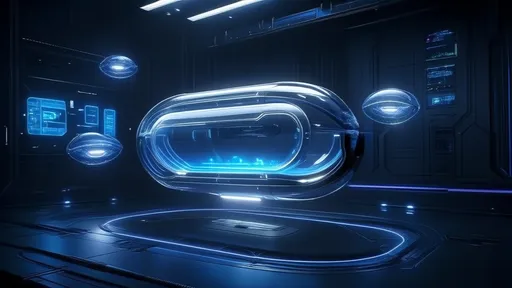
By /Aug 14, 2025

By /Aug 14, 2025

By /Aug 14, 2025
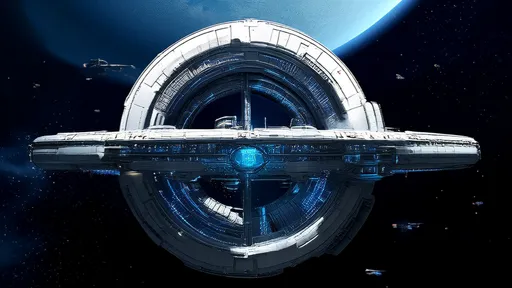
By /Aug 14, 2025

By /Aug 14, 2025
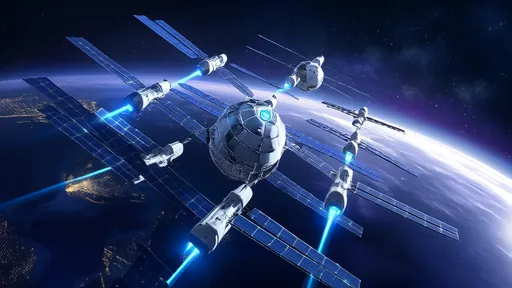
By /Aug 14, 2025
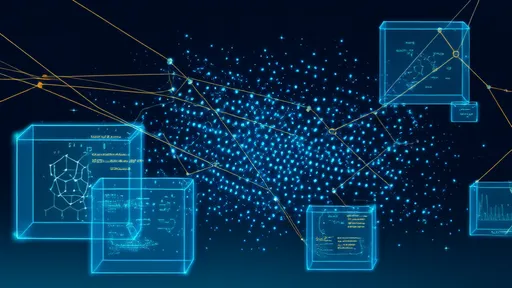
By /Aug 14, 2025
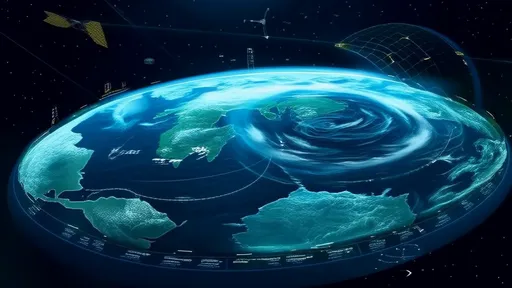
By /Aug 14, 2025
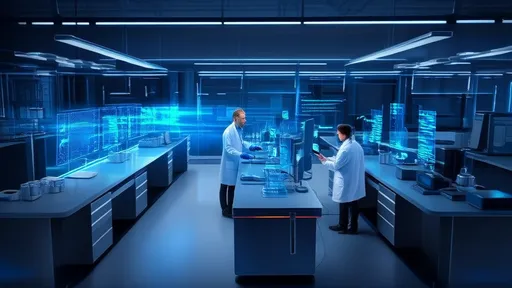
By /Aug 14, 2025
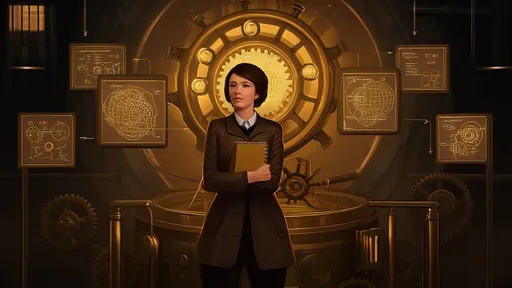
By /Aug 14, 2025
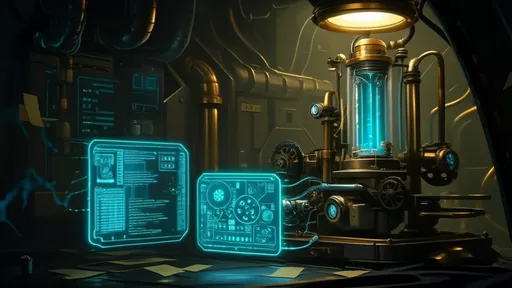
By /Aug 14, 2025
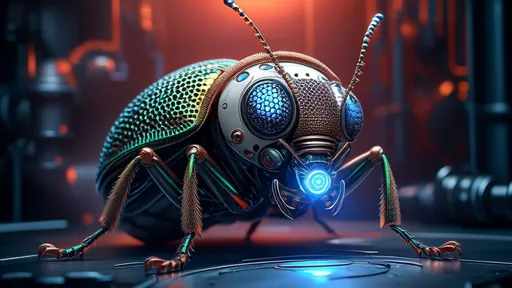
By /Aug 14, 2025

By /Aug 14, 2025

By /Aug 14, 2025
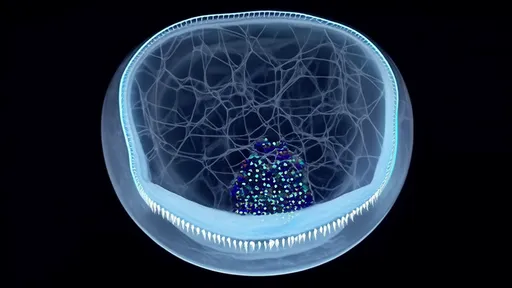
By /Aug 14, 2025

By /Aug 14, 2025